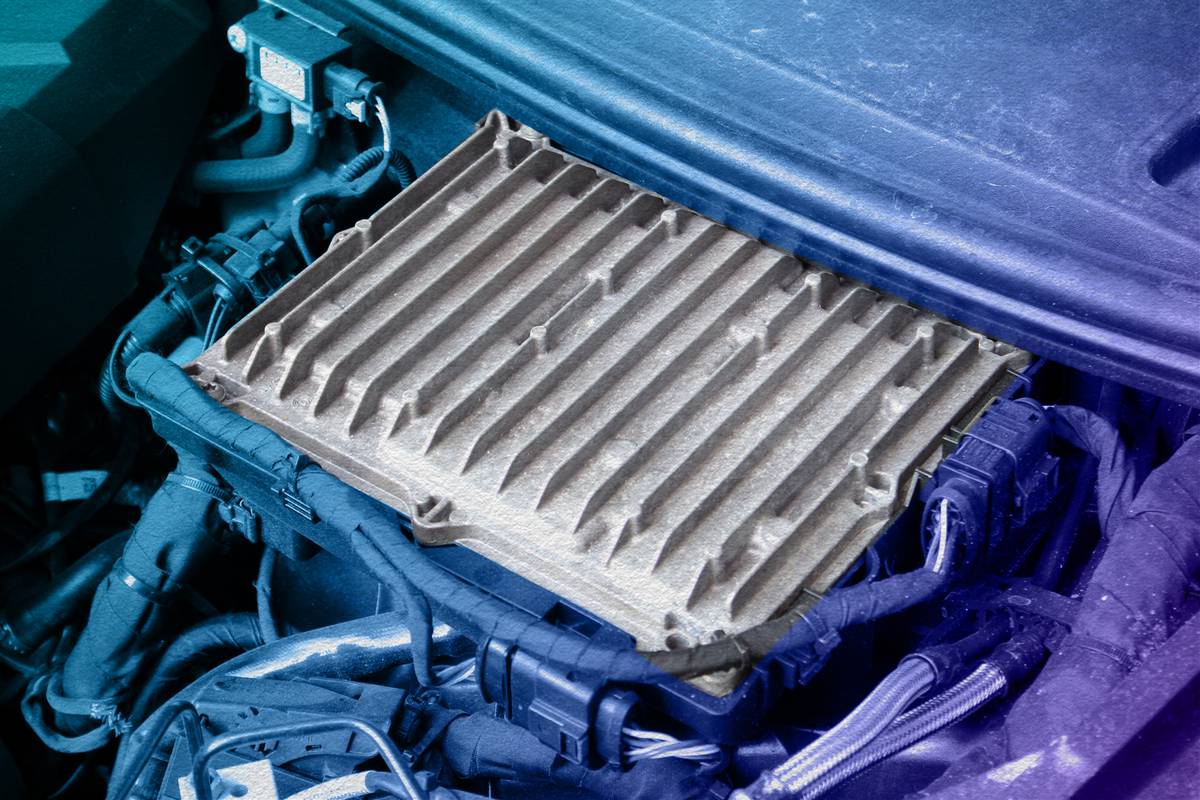What Is a PCM?

Key Points
- Powertrain control modules determine how much fuel to inject into the cylinders and when that fuel should be ignited.
- If there is a problem, the PCM may be the issue itself, or it could be the sensors that feed it.
- Replacement options range from new to used.
In automotive circles, the initials “PCM” typically mean “powertrain control module.” Here, “powertrain” refers to the combination of a vehicle’s engine and transmission, and the control module is a computer. A PCM may also be referred to as the electronic control unit. Some vehicles instead have a separate engine control module and transmission control module, though the two usually exchange information with one another.
Related: What Is an EGR Valve and What Does It Do?
How to Diagnose a Bad PCM
- Takeaway: A bad PCM will often throw a code that can be read with a scanner. It’s likely, however, that one of the sensors feeding the PCM could be bad instead.
The PCM is fed information from sensors for air temperature, coolant temperature and throttle position (among others). It uses that information to calculate how much fuel should be injected and when the spark to ignite it should occur. The information is also used to tell the transmission which gear should be engaged.
Although the PCM often lasts the life of the vehicle, it doesn’t always. Failures can cause the engine or transmission to perform poorly or even prevent the vehicle from running at all. If your car is from model-year 1996 or newer and the check-engine light is on, a scan tool can be plugged in to read the trouble codes generated; codes P0600 through P0610 typically point to a bad PCM. (If you don’t have a scan tool and the car is still running, many parts stores will run a scan for free, but a basic scan tool can be had for less than $30, making it a great investment.)
However, most running problems are more likely caused by a bad sensor or other malfunction than by a faulty PCM, and these problems would generate other trouble codes. Once you’re sure you have enough fuel and that the battery is strong (low battery power can cause all sorts of problems), look to see if the check-engine light is on. If so, it’s best to plug in a scan tool to read the trouble codes; otherwise, you’re just shooting in the dark.
If there is a problem with the PCM, it’s likely to be expensive to replace; not only is the part itself costly, but the PCM can be difficult to remove. Additionally, the new one may need to be reprogrammed (sometimes referred to as “reflashed”) after it’s installed using special equipment. As such, this is usually a job best left to a professional.
Whether you attempt the task yourself or turn it over to a shop, it’s important to first determine why the PCM failed. For instance, if it’s due to a wiring short, that needs to be fixed before installing the new PCM or the short will likely kill the replacement, as well. A short can occur in a sensor or in the car’s wiring itself, potentially because the car was in a flood. Heat, vibration, a power surge and moisture from a leak are other potential causes, any of which should be determined and corrected before installing the new PCM. Note that this diagnostic time can add significantly to the total cost of the job, which can run into four figures.
Read More Car Maintenance Tips:
- What Is a Misfire and What Causes It?
- What Does the Check-Engine Light Mean?
- When Should You Replace the PCV Valve?
- More Car Service Advice
PCM Replacement Options
- Takeaway: PCM replacement options include units that are new, remanufactured or from a junkyard. You can also rebuild the unit in the car.
As far as a replacement PCM is concerned, you have four options.
The first option is to buy a new one. This is the safest choice, but it’s also the most expensive. The next choice is to get a remanufactured unit. You may also be able to get a used one from a parts car or junkyard, though this is risky if you don’t know whether the donor car was running right in the first place. (It could be a parts car because its PCM failed.)
In all such cases, it’s important to get a PCM that exactly matches the original. This is best determined by checking its part number, which will often require the PCM’s removal. (Make sure to disconnect the battery first.) If you get the replacement from a parts car or junkyard, start by matching not only the year, make and model of your vehicle, but also the engine and transmission before going through the trouble of removing the PCM.
The fourth option is to have your original PCM rebuilt. While this alleviates the matching problem, it will likely add time, and the PCM may still need to be reprogrammed after it’s installed.
A general rule is the newer or more “premium” your car is, the more expensive replacing its PCM might be. Once you’ve determined that it is, indeed, the PCM that’s at fault, check with a dealer for a ballpark figure of the replacement cost. The cost will likely be lower at a private shop, though they may not know what they’re doing as well as a dealer.
Related Video:
Cars.com’s Editorial department is your source for automotive news and reviews. In line with Cars.com’s long-standing ethics policy, editors and reviewers don’t accept gifts or free trips from automakers. The Editorial department is independent of Cars.com’s advertising, sales and sponsored content departments.
Featured stories



